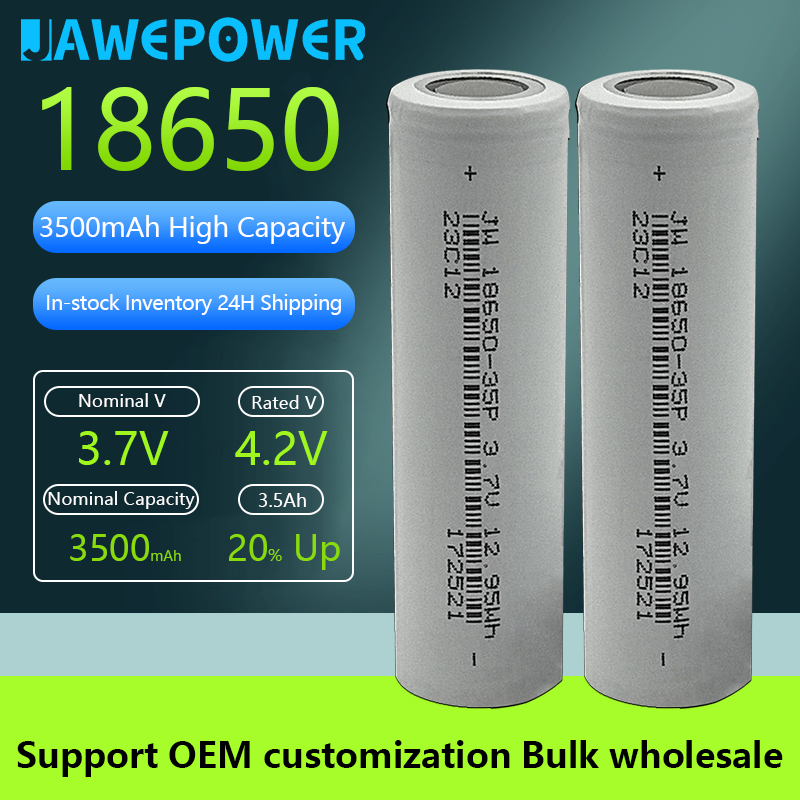Introduction (Pain Point Resonance)
Imagine a world where electronic devices fail at the most inconvenient times—think about the frustration it causes. Cylindrical lithium ion batteries play a crucial role in powering our daily devices. Yet, despite their prevalence, many users encounter performance issues, raising a pertinent question: What technical flaws might be hindering efficiency? The reliability of these batteries is paramount, yet underlying technical intricacies often remain overlooked by consumers.

Body (Technical Breakdown)
Traditional Solution Flaws
Traditional battery systems can exhibit significant performance weaknesses. In many cases, the energy density of older models is simply insufficient to meet the demands of today’s technology. Consider this—older batteries may suffer from rapid degradation, leading to subpar user experiences. Could it be that reliance on outdated specifications has led us astray?
New Technology Principles
Enter the new wave of cylindrical lithium ion battery technology that emphasizes not just efficiency but safety and longevity. Recent advancements focus on enhancing charging cycles and reducing thermal effects. It’s like discovering that the magic trick you thought you knew had an even better version awaiting your attention—innovations in materials, such as improved electrolytes, have paved the way for enhanced biocompatibility and performance under load.
Quantified User Benefits
The benefits of utilizing new cylindrical lithium ion batteries are substantial and backed by data. Users can expect up to 30% longer lifespan and 50% improvement in charging times compared to their older counterparts. Look, it’s simpler than you think: upgraded technology translates into more dependable devices, enabling users to focus on what truly matters without the constant worry of battery failure.
Conclusion (Call-to-Action)
When considering solutions for your battery needs, always verify these three metrics: ① energy density ② cycle life ③ thermal stability. Such considerations will undoubtedly lead to better choices, steering users towards reliable power sources. With the market saturated with options, making informed evaluations is crucial to avoid the pitfalls of outdated technology.
Article Expansion
Cylindrical Lithium Ion Battery: Key Considerations
Aside from the points previously discussed, it’s vital to understand the intricacies of the cylindrical li ion battery. Many users remain unaware of how specific variables, such as ambient temperature and usage patterns, can impact performance. For instance, extreme heat can reduce efficiency, leading to potential failure. Given the importance of these factors, it becomes imperative for consumers to stay educated and proactive regarding their battery choices, facilitating enhanced longevity and usability in everyday applications.
Li-Ion Cylindrical Battery: Unraveling Advantages
Understanding the advantages of a li-ion cylindrical battery extends beyond mere numbers. These batteries often feature enhanced safety mechanisms such as built-in thermal regulation that prevents overheating. Furthermore, they are designed with advanced control systems that optimize charge cycles, making them ideal for a range of applications from consumer electronics to electric vehicles. In essence, informed consumers find greater satisfaction when selecting products that not only promise quality but deliver exemplary performance efficiently.
Final Thoughts
In summary, cylindrical lithium ion batteries represent a crucial advancement in energy storage technologies. Their evolution is marked by significant improvements, addressing many traditional flaws. Brands like Jawepower not only serve as manufacturers but also emerge as trusted partners for consumers seeking dependable battery solutions. With a commitment to quality and a keen understanding of user needs, Jawepower stands out in the crowded marketplace—ensuring that users track and meet their power demands efficiently.

